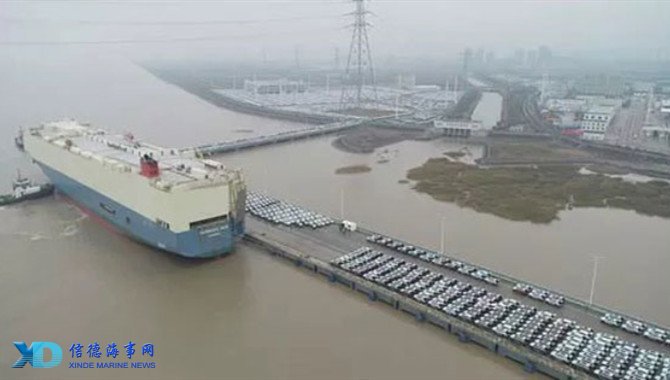
A ro-ro ship carrying 2,602 domestic-made cars left the Meixi Ro-ro Terminal of the Ningbo-Zhoushan Port in Ningbo, East China's Zhejiang province on March 11, and headed for Malaysia and Israel, countries along the 21st Century Maritime Silk Road, marking the fifth ro-ro ship for foreign trade that has been handled by the port this year.
The port has witnessed more than 10,000 cars exported to other countries via ro-ro shipment to date.
Since the Belt and Road (B&R) Initiative was put forward six years ago, China has continuously increased its investment in countries and regions involved in the initiative, which has in turn boosted the development of Ningbo-Zhoushan Port.
Statistics show that the port handled 1.08 billion metric tons of cargo and 26.35 million twenty-foot equivalent units (TEUs) last year, ranking first globally in cargo turnover for the 10th consecutive year, and reaching the world's top three in container throughput for the first time.
Situated in a central location on the coastline of the Chinese mainland, the port is at the converging point of the Silk Road Economic Belt and the 21st Century Maritime Silk Road, which endows it the natural advantage of connecting China's mid and west areas with B&R countries and regions.
The port has been strengthening cooperation with global shipping companies over the past six years to open cargo routes and liners towards these countries.
"We have increased the container routes toward B&R countries and regions from 40 in 2013 to more than 90 now, and the number of container liners has also been increased to 5,000," said Jiang Wei, secretary of the board of Ningbo-Zhoushan Port Group.
The port now handles about 10 million TEUs from these countries and regions every year, accounting for one fourth of the port's annual total TEU throughput.
It has also been expanding exports to them, with many cars shipped to Saudi Arabia, Egypt, Cuba and Malaysia, and fishing vessels exported to some African countries over the years.
With the cargo throughput via sea-rail intermodal transport surging from 59,000 TEUs in 2012 to 600,000 TEUs in 2018, the port has become the largest port in cargo turnover via sea-rail intermodal transport in the southern part of China.
It has so far opened 13 sea-rail intermodal transport routes, with businesses reaching 15 provinces in China, and Central Asia, North Asia and East Europe.
Its first batch of cargo heading for Germany arrived at Chongqing on Jan 14 through the Chongqing-Ningbo cargo train route of the port.
Source:chinadaily
Please Contact Us at:
admin@xindemarine.com


 China’s First Bulk Bunkering of Domestic Green Me
China’s First Bulk Bunkering of Domestic Green Me 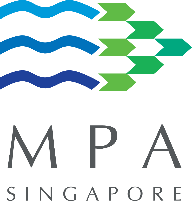 Rotterdam and Singapore Strengthen Collaboration on
Rotterdam and Singapore Strengthen Collaboration on 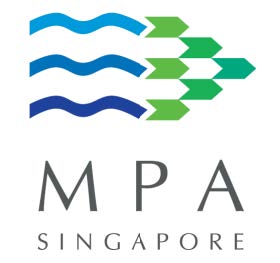 MPA and CMA CGM Sign MoU to Enhance Sustainable Shi
MPA and CMA CGM Sign MoU to Enhance Sustainable Shi 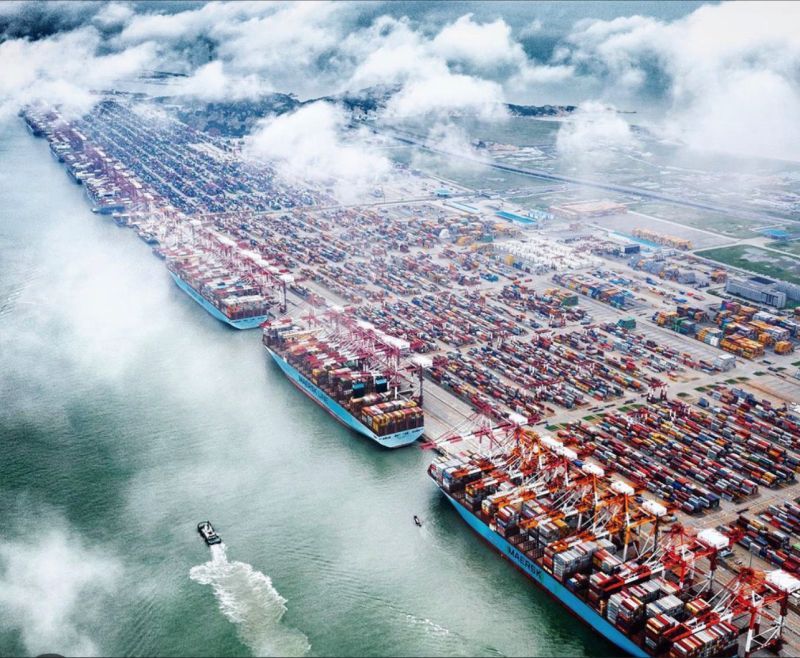 China's Ports Surge Ahead: Major Container Terminal
China's Ports Surge Ahead: Major Container Terminal 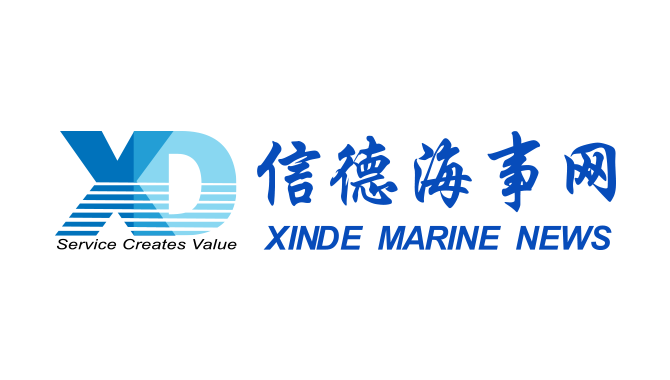 Port of Hamburg: Growth in container throughput and
Port of Hamburg: Growth in container throughput and 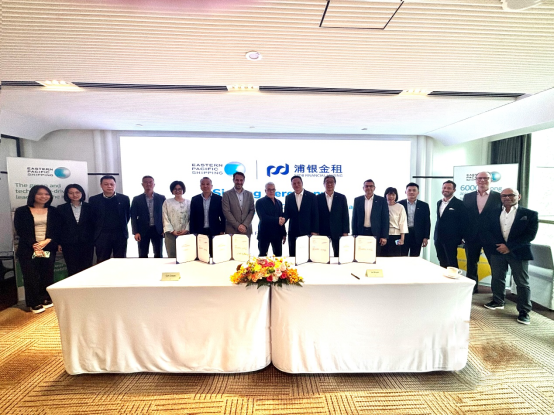 EPS and SPDB Financial Leasing sign financing agree
EPS and SPDB Financial Leasing sign financing agree